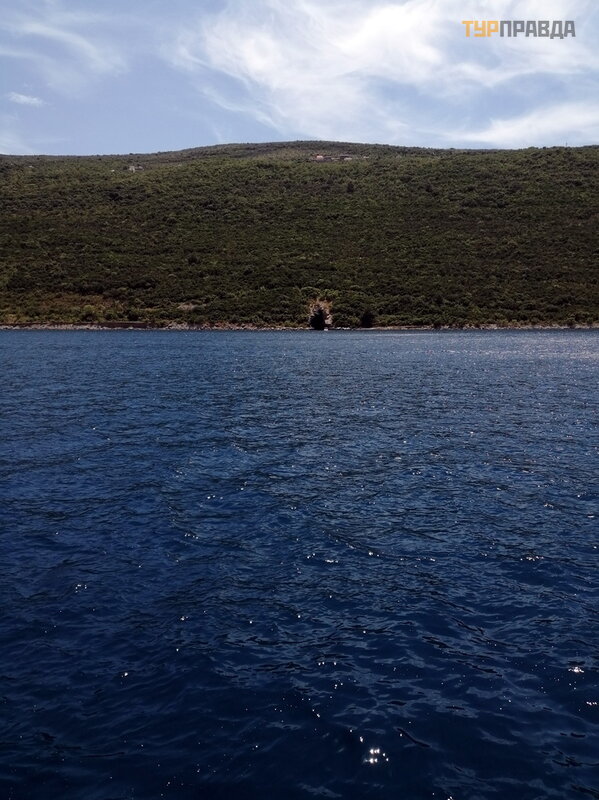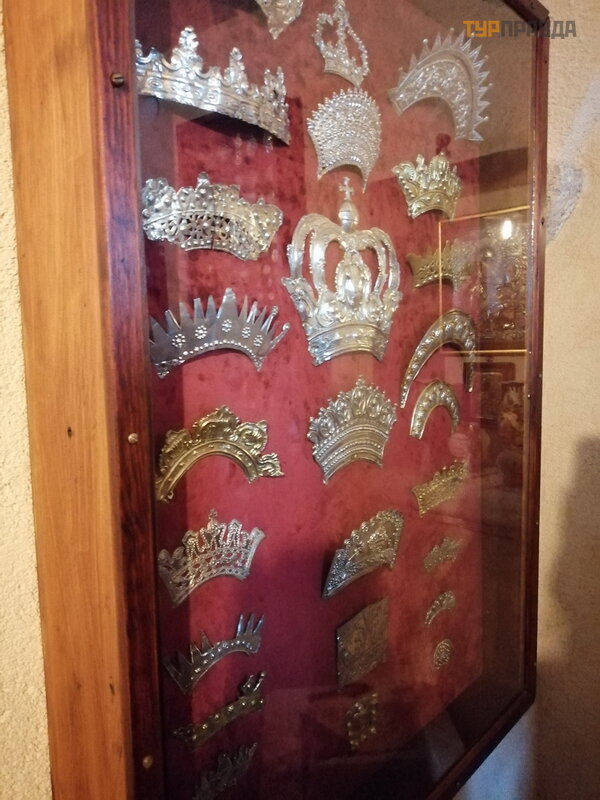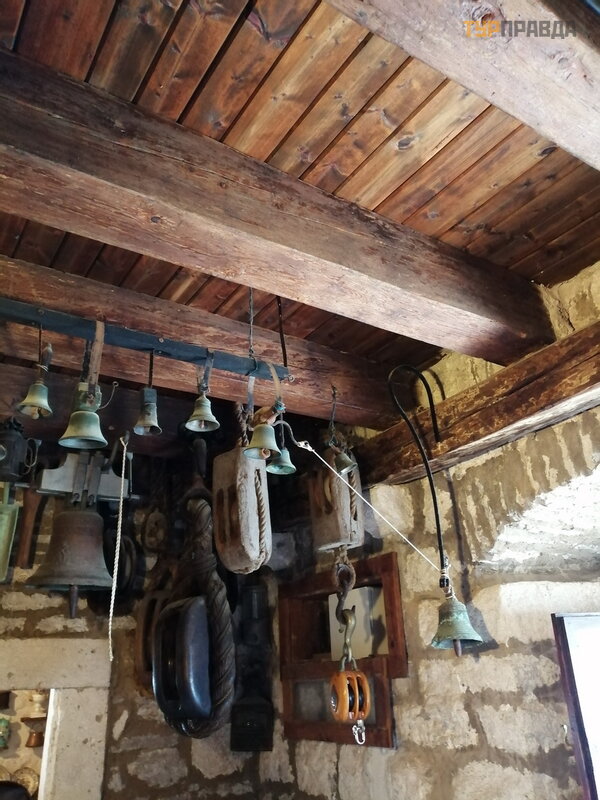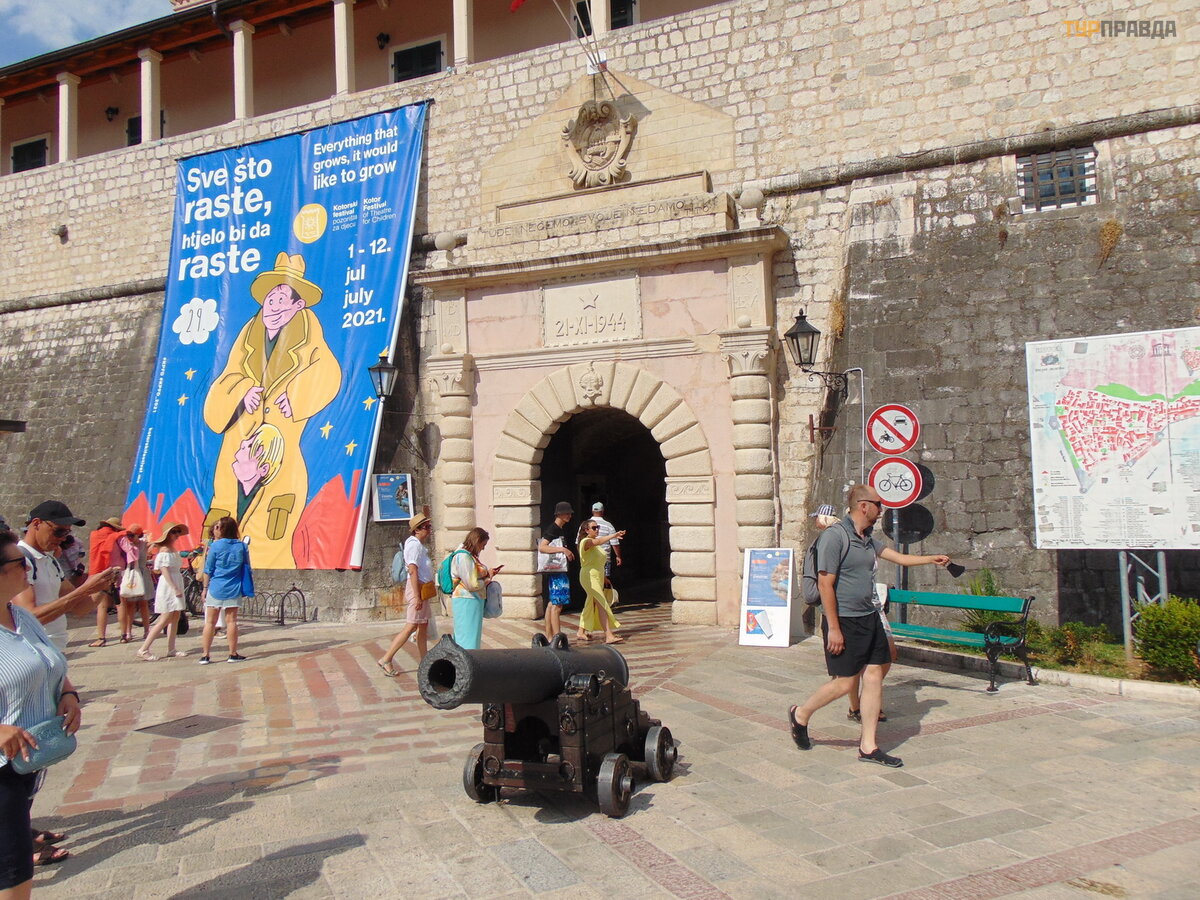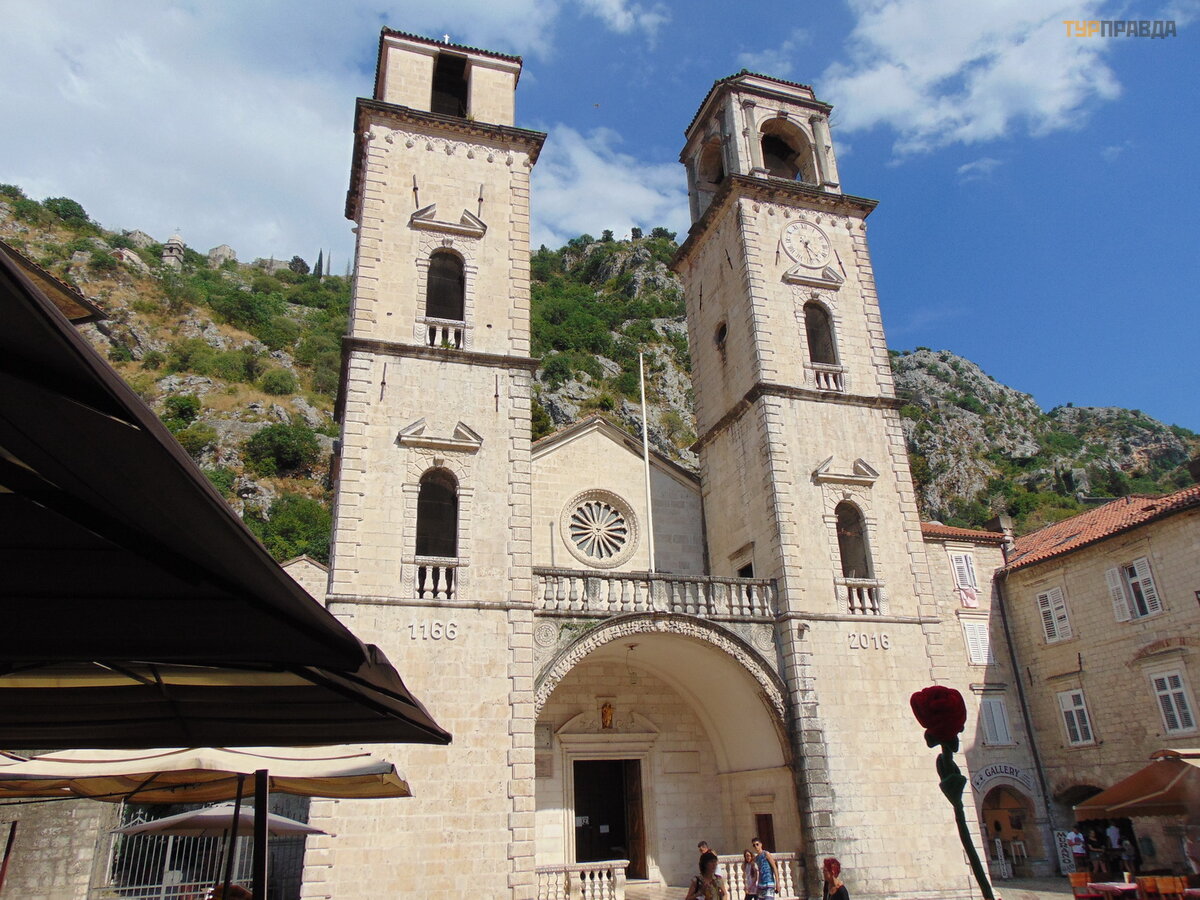Montenegro alone 2021. Part 4
The end. Start here >>>
Part 4 (Final). Bay of Kotor, Perast, Kotor, the island of the Virgin on the reef.
And, of course, having visited Montenegro for the first time, we could not help but go on the most popular boat trip around the Bay of Kotor. The tour was also ordered from olimpus. me. They were the only agency that took tourists directly from Buljarica. However, the price is the same for everyone - 25 euros per person.
Boka Kotorska Bay consists of several bays connected by narrow canals. The bay is a fjord of tectonic origin, which arose as a result of the flooding of the river canyon by the waters of the Adriatic Sea. The Bay of Kotor is also known as the southernmost fjord in Europe.
The tour starts from the embankment of the city of Tivat. The embankment in general in itself deserves a separate excursion, but not this time. The ship is two-deck, with a restaurant.
At first it seems a bit crowded, but then the guests are seated and there is more space. We sail towards Croatia. Luxury yachts are moored in the marina of Tivat!
On the way we look at the city of Herceg Novi. Recently, an Azerbaijani oil company built an elite hotel here. The cost of a night in which reaches up to 23.000 euros! Each villa has its own small beach for 4 sunbeds with bulk sand brought in.
Well, let's take a look at such a miracle from the ship!
On the way we see abandoned mines for the repair of submarines, carefully hidden in the shores of the bay.
The tour makes its first stop near Mamula Island.
In 1853, General Lazar Mamula built a fortress on the island. Together with similar forts at Cape Arza and Cape Oshtro, erected at the same time, it became part of the Austro-Hungarian fortification system to protect the Bay of Kotor from attack from the sea.
 Mamula Island (in the middle) between the forts on Cape Arza and Cape Oshtro
Mamula Island (in the middle) between the forts on Cape Arza and Cape Oshtro
During the Second World War, the Italian authorities, who controlled the region, placed a concentration camp on the island.
In 2016, the government of Montenegro, despite the objections of the former prisoners of the concentration camp, approved plans to transform the island and the fortress into a hotel.
Now there is a huge construction going on.
Some tourists sail on a separate boat to the Blue Grotto, and some have the opportunity to swim in the open sea directly from the ship.
We've had our fill, now it's time for lunch. The ship has excellent cuisine and very good service.
The ship turns around and sails towards the island of the Virgin. No matter how much you get ready, no matter how much you look at the photos of other tourists, but there are objects that you must see with your own eyes! In the Bay of Kotor, opposite the city of Perast, there are two islands. One of them is of natural origin - the island of St. George.
It is lined with cypresses and is also called the Isle of the Dead. They say that once the inhabitants of Perast buried their dead there.
There is a Benedictine monastery on the island, which was first mentioned in 1166. The study of fragments of architectural decoration led to the conclusion that the monastery existed at least as early as the 9th century. The island is currently closed to the public.
There is another island nearby - the Mother of God on the reef.
 Church of Our Lady on the Reef
Church of Our Lady on the Reef
It is man-made. The story goes that in 1452 sailor brothers from Perast found the Icon of the Mother of God on a reef near the island of St. George, which healed one of the brothers. The icon became revered in Perast. The reef where the icon was found was at first barely visible above the surface of the water, but the townspeople flooded enemy ships near the reef, and a law was passed according to which every ship passing by had to throw a stone.
200 years have passed since the discovery of the icon and the area of the island, thanks to the efforts of the citizens of Perast, has increased to 3030 square meters. m.
 Church of Our Lady on the Reef
Church of Our Lady on the Reef
The Church of the Mother of God was built on the island. The church is still active and open to the public.
 Entrance to the Church of Our Lady on the Reef
Entrance to the Church of Our Lady on the Reef
It is on this island that the ship makes a stop, and we all go on an excursion. Inside the church are 68 oil paintings. But its main “wealth” is 2.500 silver “votive” plates, which the inhabitants of Boka Kotorska donated to the church “in fulfillment of this vow” for getting rid of various disasters.
The interior of the church is very small, but it looks cozy. The icon, once found on the reef, is now on the altar.
Wedding bouquets hang over the side aisles. Weddings in this church are still very popular and brides leave their bouquets here.
The church also has a museum.
His collection includes both lanterns and bells, as well as weapons and paintings.
One picture is of particular interest: it was embroidered by the sailor's wife for many years with gold and silver threads, and the hairstyles of angels with their hair.
As she aged and grayed, the angels' hair became less and less bright.
Gifts are still brought to the museum. A separate room is reserved for modern gifts.
These are mainly paintings and icons. The tradition of throwing stones has not died either.
On July 22, residents and guests of Perast get into boats and sail to throw stones on a man-made reef. By the way, this is useful: new stones prevent the island from being washed away.
And we board the ship and sail through Perast.
It is a pity that there is no separate stop in this town. It is quite small, but there is so much history and charm in it!
Perast became the last stronghold of the Venetian Empire. Under the rule of Venice, the city developed rapidly. Among the privileges was duty-free shopping in the Venetian market. 19 palaces were built, 17 Catholic churches and 2 Orthodox. Residents of the city ordered the then fashionable architect to build the highest bell tower in the east of the entire Adriatic coast with a height of 55 meters, paying him 50.000 golden Venetian ducats! And now this bell tower is the hallmark of Perast.
In those days, the city was rich and prosperous, but with the fall of the Venetian empire, its decline began.
The thousand-year history of the "clearest Republic of Venice" ended on May 12.1797, when the city was the last to lower the Venetian flag with the lion of St. Mark, and the captain of Perast addressed the townspeople with farewell words and buried the "Banner of Venice" under the altar of the main cathedral of Perast.
The ship is moving to the place of our last stop - the city of Kotor.
The city of Kotor is one of the oldest in Montenegro. If we talk about history, the city is very ancient. He still remembers the Romans with their invincible legions, he was also a small city-state, for a short time became a republic. Kotor burned to the ground more than once and rose from the ashes. Greeks, Romans, Byzantines, Bulgarians, Serbs, Montenegrins ruled here...
But the Venetians made the greatest contribution to the development of Kotor. It was at the time when the city was considered part of Venice (and this is almost 400 years old) that it became the way we see it now.
There's definitely something to see! I would even recommend staying in Kotor for two days. Maybe next time we'll do that.
And now we are visiting the city with a group tour, so we enter through the main gate of the city...
... and first we see the town hall, a small square and barracks.
We had an hour and a half of free time in Kotor. We managed to visit several temples. Stroll through the typical Venetian streets...
Seals feel great on the streets of Kotor
... and small cozy squares.
Kotor is a city of cats.
Tourists are not a hindrance to them! It's hot, the cats are sleeping in the shade.
 The cat is sleeping, the tourist is walking
The cat is sleeping, the tourist is walking
It's just a pity that we didn't have time to climb the fortress wall. The ascent to the wall takes two and a half hours. Of course, if you are not an athlete and are not in a hurry anywhere. On the ascent, you need to take more water with you.
 The passages leading to the side gates of the Old City
The passages leading to the side gates of the Old City
There is an interesting story in the city related to the church of St. Luke (12th century). Initially, it was Catholic, but during the war against the Turks, a lot of Orthodox moved to Kotor. They did not have their own church, and the inhabitants decided to divide the church of St. Luke.
A second altar was installed in it and services were held both according to Catholic and Orthodox rites. Over time, there were no Orthodox inhabitants in Kotor, and the church became completely Catholic. The church of St. Luke changed religion several times until the inhabitants built the Orthodox church of St. Nicholas ...
... and didn't make St. Luke's completely Catholic. For a while, each denomination had its own church. Then there were fewer Catholics in the city, and the Church of St. Luke changed its religion for the last time, becoming completely Orthodox.
The largest cathedral in Kotor is the Cathedral of St. Tryphon, who is the patron saint of the city.
There is also a story here: they say that once merchants brought the relics of St. Tryphon to Venice to sell. A terrible storm forced them to hide in the cozy Bay of Kotor. The storm lasted for several days, until the locals realized that Saint Tryphon wanted to stay in the city. During the night they collected the necessary amount, bought the relics and built such a cathedral for them. Entrance to it is paid - 3 euros.
What surprised me in a city with such a large influx of tourists was the cleanliness of the streets. It turns out that they are washed twice a day. Now with shampoo. The tradition, as it turned out, is ancient: it appeared in the Middle Ages, when the city suffered severely from the plague several times, and has survived to this day.
Walking along the streets of Kotor, you involuntarily imagine yourself in Italy.
There are solid palazzos on the sides ...
... cozy squares, ancient architecture...
... and a hot Mediterranean summer.
 Side gate to the Old Town of Kotor
Side gate to the Old Town of Kotor
Pizza and gelato are sold on the streets.
 The dragon is watching us and protecting the city
The dragon is watching us and protecting the city
And what a beautiful embankment in Kotor! It is a pity that our walk around Kotor is so short!
Our vacation in Montenegro has come to an end. Anticipating readers' questions: “Why didn't we go to Dubrovnik? ”, I will say that they did not take us to Dubrovnik during our stay, since Croatia required tests.
The tests cost 50 euros in Montenegro (so we were told at the travel agency) and they had to be taken in Budva, having previously signed up for an electronic queue, and we lived at the other end of the Budva Riviera. There were no volunteers from Petrovac. For the same reason, we did not visit Bosnia and Herzegovina. We returned home on the 5th of July, and from the 7th Croatia canceled the tests! Now we envy those who will be able to see ancient Dubrovnik!
Well, in this case, we do not say goodbye to Montenegro, but say to her: “Chao! »
Thanks to your readers, tips, we still have a lot to see there. The country is wonderful: safe, with a low crime rate, excellent Mediterranean climate, rich history, wonderful sympathetic people and delicious national cuisine.
It's easy and pleasant here!






